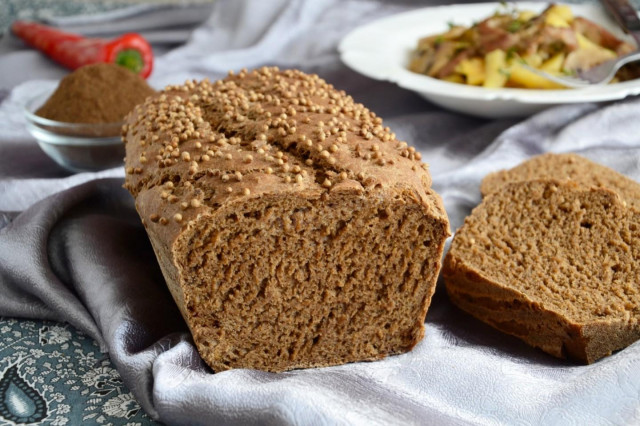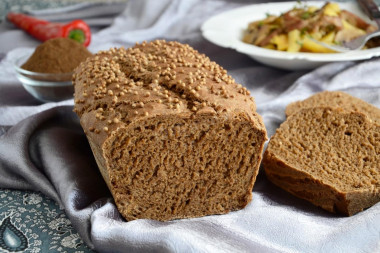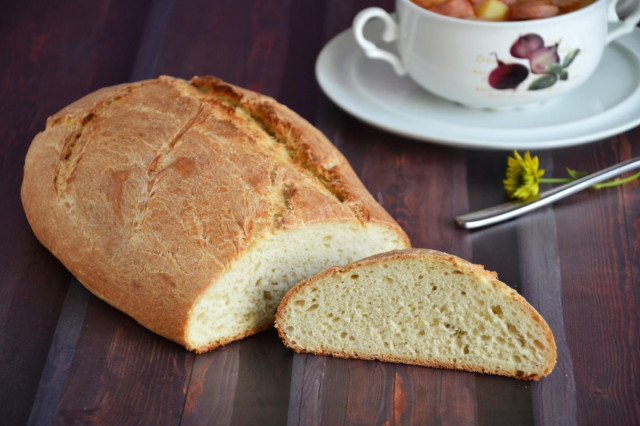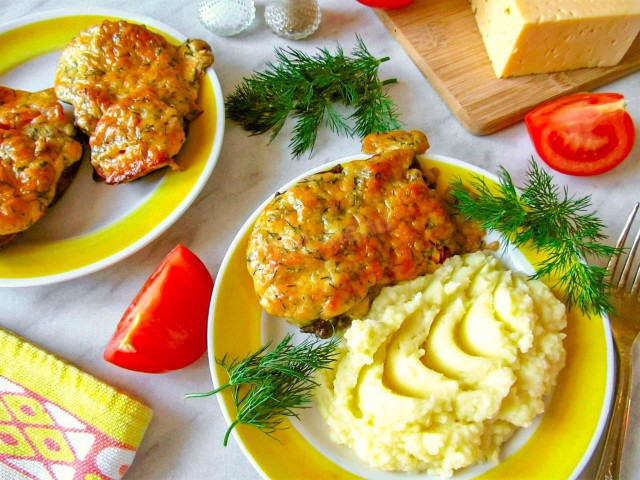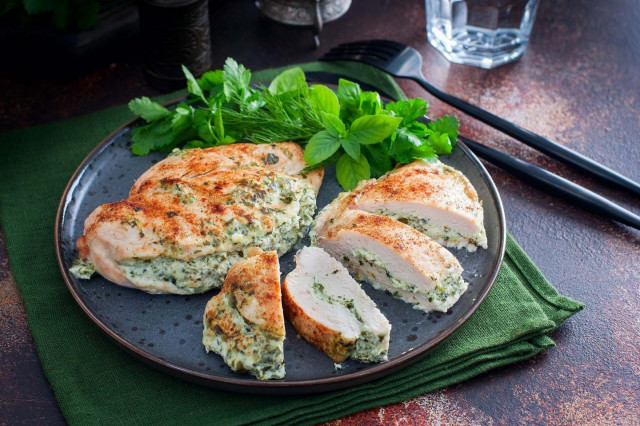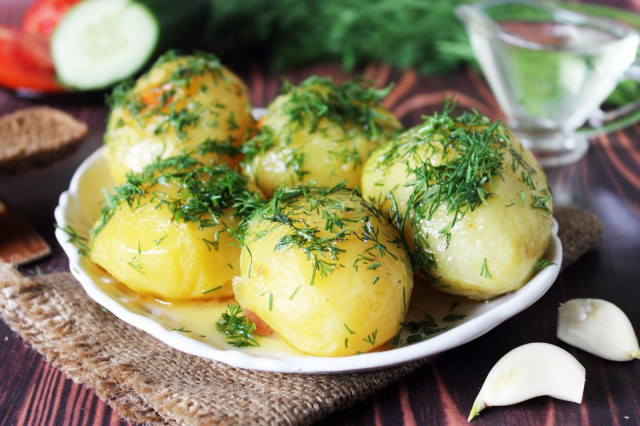Composition / ingredients
Step-by-step cooking
Step 1:
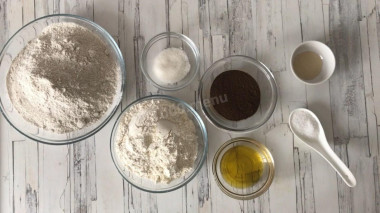
How to bake Borodino bread? Prepare the ingredients. Take wheat flour of the highest grade.
Step 2:
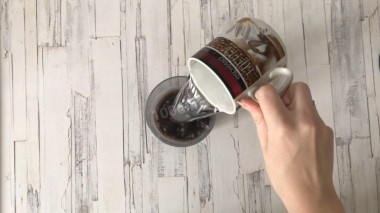
Pour malt with a glass of boiling water, stir and leave to cool at room temperature.
Step 3:
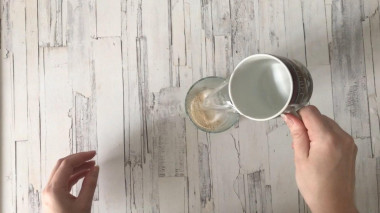
Combine sugar with yeast and pour a glass of warm water. Leave on for 5-7 minutes until a yeast foam appears on the surface. If it appeared, it means that the yeast has been activated.
Step 4:
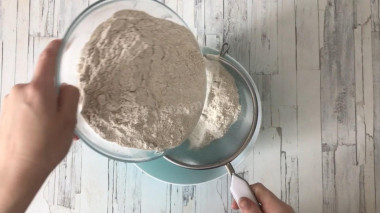
Sift both types of flour through a fine sieve to saturate it with oxygen. Then your pastries will turn out more lush and tender.
Step 5:
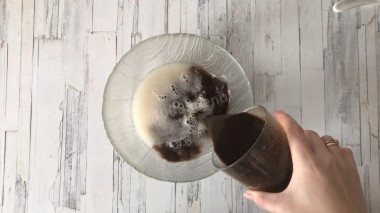
Combine malt with activated yeast and mix.
Step 6:
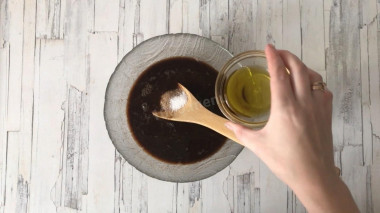
Add vegetable oil to the malt, add salt.
Step 7:
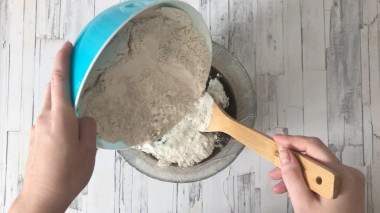
Pour the flour into the yeast mass in parts. Keep an eye on the consistency of the dough - flour you may have more or less of the specified volume in the composition.
Step 8:
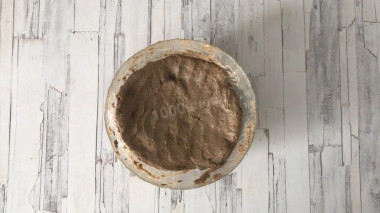
Knead the elastic dough. Cover the dough with a towel and put it in a warm place for 1.5 hours.
Step 9:
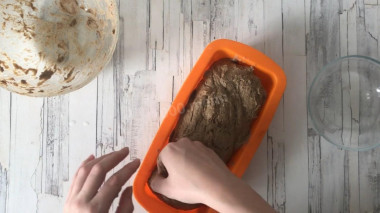
Knead the dough that has come up with wet hands and form a neat loaf out of it. You can transfer it to a baking sheet covered with parchment. I put the dough in a bread pan.
Step 10:
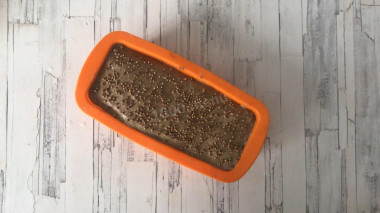
If desired, sprinkle the future bread with coriander seeds on top. Cover the mold with a towel and leave it warm for proofing for about 35-40 minutes. Wait until the mass rises.
Step 11:
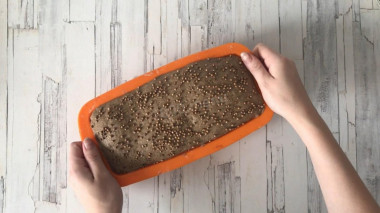
Bake the bread in a preheated 180 °C oven for about 40 minutes. I indicated the approximate time - focus on the features of your oven.
My son, having tasted this bread, exclaimed: "Mom! You baked such delicious bread! Do this always. I will eat a lot of it." And the truth is: although the loaf turned out to be very voluminous and heavy, the next day there was nothing left of it - even the crumbs were carefully collected and eaten.
Keep in mind that everyone's ovens are different. The temperature and cooking time may differ from those specified in the recipe. To make any baked dish successful, use useful information about the features of ovens !
Be prepared for the fact that you may need more or less flour than indicated in the recipe. Focus not on the amount of flour, but on the desired consistency of the dough. To avoid mistakes, read about flour and its properties!
The liquid in which yeast is bred should be pleasant to the touch, no higher than 40 degrees. Why is this important? In a warm environment, yeast is well activated, in a hot one it will die, and in a cold one it simply will not work. To avoid unpleasant surprises, check the yeast before mixing with the rest of the ingredients. Pour a little warm milk into a bowl, stir in the yeast. Cover the bowl with a kitchen towel and put it in a warm place without drafts for 10-15 minutes. During this time, a foam yeast cap should appear on the surface of the sponge. If this did not happen, then the fermentation process has not started (the yeast is overdue or spoiled). In this case, it is worth taking other yeast, otherwise baking will not work.
Caloric content of the products possible in the composition of the dish
- Granulated sugar - 398 kcal/100g
- Sugar - 398 kcal/100g
- Vegetable oil - 873 kcal/100g
- Salt - 0 kcal/100g
- Water - 0 kcal/100g
- Wheat flour - 325 kcal/100g
- Ground coriander - 25 kcal/100g
- Rye flour - 305 kcal/100g
- Malt - 361 kcal/100g
- Fresh yeast - 109 kcal/100g

